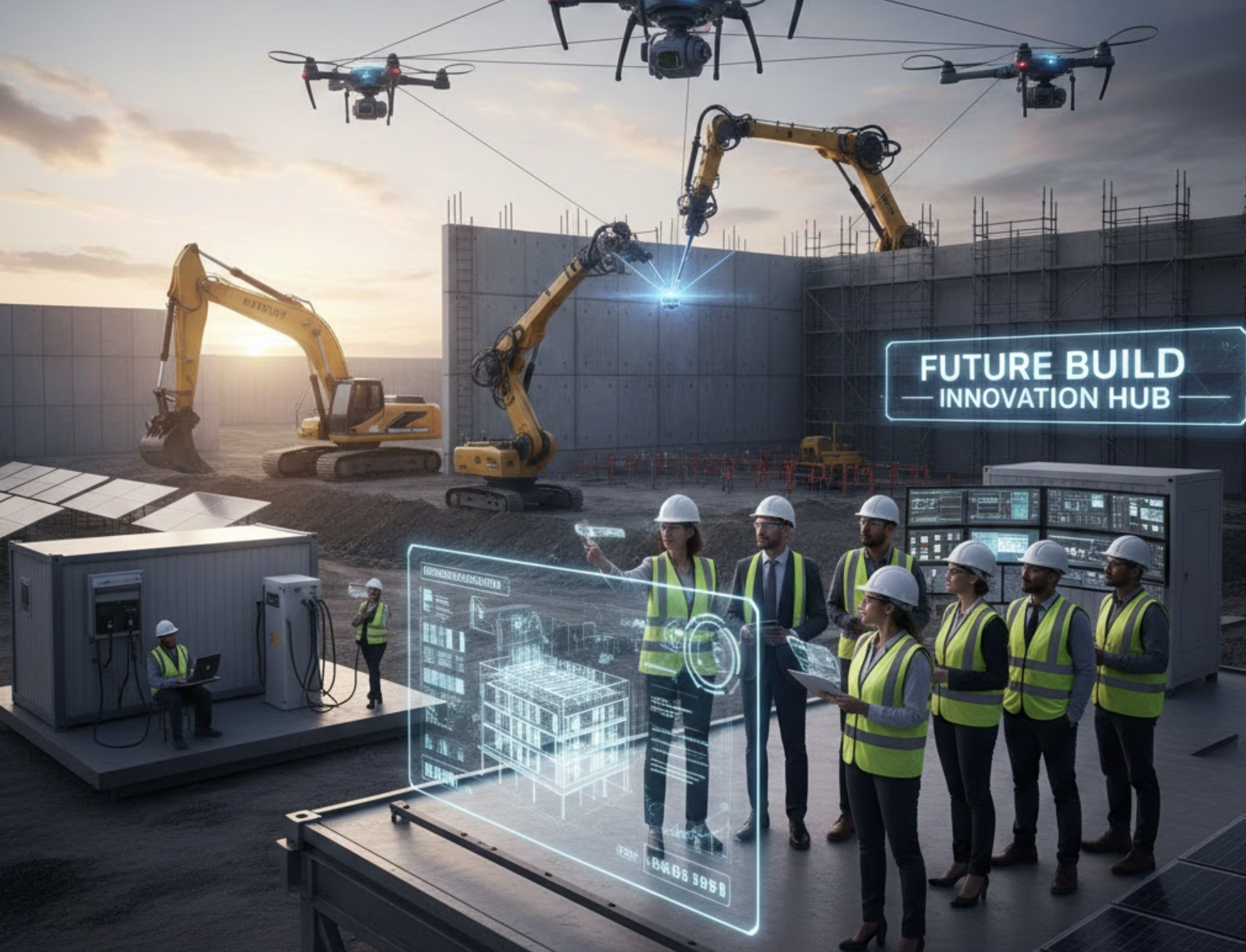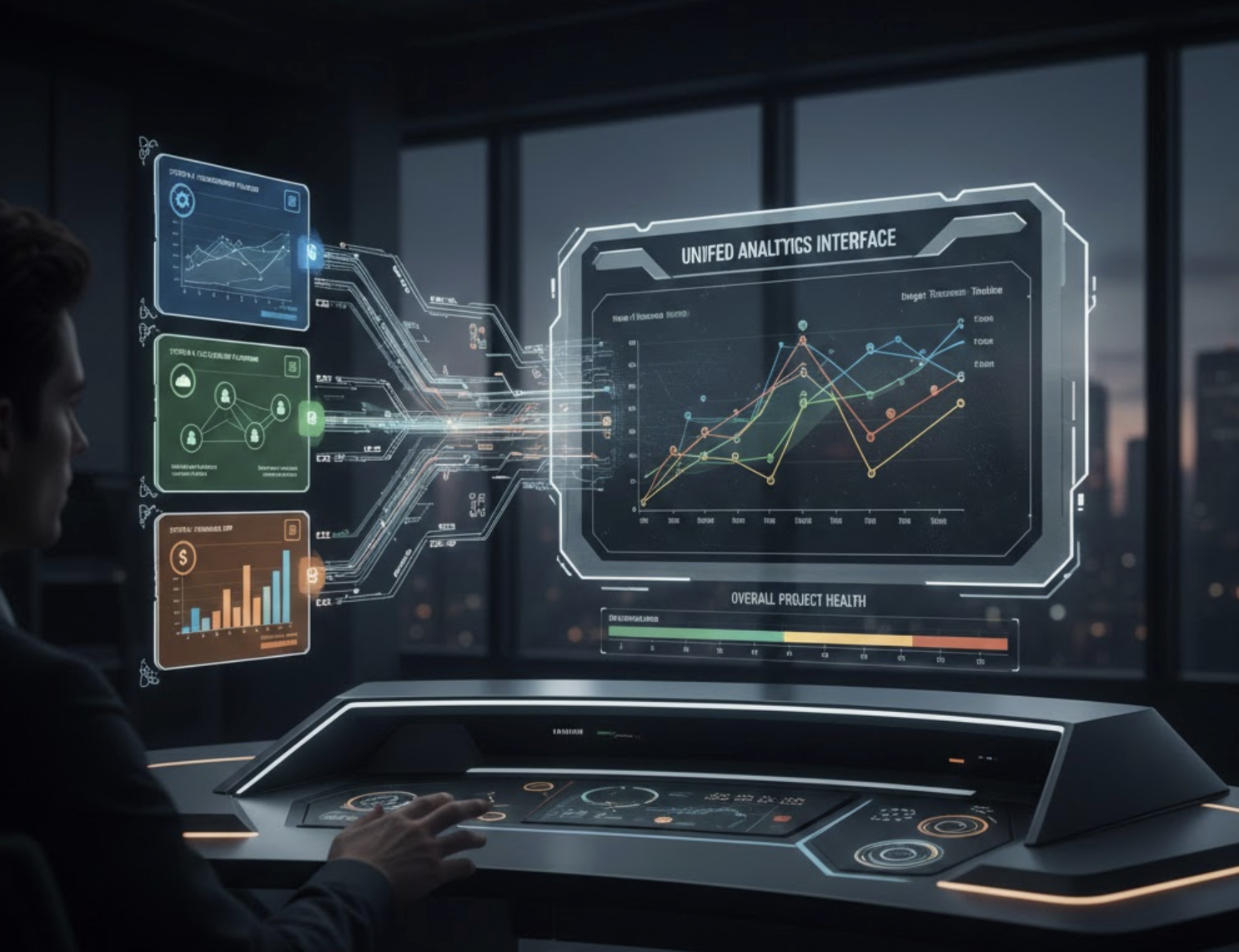Photo Documentation Best Practices for Middle East Job Sites
Photo documentation is crucial in construction projects, especially in the Middle East where projects can be complex and involve multiple stakeholders. It plays a vital role in maintaining a clear record of the project’s progress, ensuring accountability, and facilitating better decision-making through accurate records.
Importance of Photo Documentation
In the fast-paced world of construction, the importance of comprehensive photo documentation cannot be overstated. This practice not only serves as a timeline of the project’s evolution but also aids in mitigating risks and addressing legal issues. By capturing the details of initial site conditions, ongoing progress, and any changes that occur throughout the project lifecycle, teams can enhance their accountability and streamline workflows.
Best Practices
Pre-Project Documentation
- Initial Site Conditions: Document the exact conditions at the job site before the team arrives. This includes photos of the front of the property, pathways for equipment access, and any existing damage. Furthermore, creating a floor plan sketch with annotated images adds clarity to the project documentation.
- Site Status and Conditions: Capture clear images that represent the site’s conditions, documenting elements like underground utilities, potential hazards, and weather impacts. This proactive approach helps in avoiding damage and ensures a safe working environment.
Standardizing the Process
- Set Clear Quality Requirements: To maintain a high standard in photo documentation, it’s essential to establish protocols and guidelines for image capture. Utilizing standardized equipment and following specific protocols ensure consistency and reliability in the documentation effort.
- Integrate with Tools: Consider linking your photo documentation with project management tools such as construction submittal software, RFIs (Requests for Information), and Punch Lists. This integration enhances collaboration and enables faster decision-making.
Ongoing Documentation
- Progress Tracking: Document project milestones at various stages—setup, remediation, restoration, and completion. This creates a visual timeline, offering detailed insights into the techniques and equipment used, thereby fostering greater understanding among stakeholders.
- Regular Updates: Provide continual updates on job progress to enhance accountability and ensure deadlines are being met. Documenting adverse weather conditions can serve as compelling evidence for delays and help invoke contingency clauses in contracts.
Use of Advanced Tools
- 360° Photos: Implementing 360° photo documentation techniques allows for comprehensive site coverage. With automated 360° tools, it becomes easier to share progress updates with all stakeholders remotely.
- Dedicated Software: Employ specialized solutions, such as Zepth’s documentation management tools, to ensure that photographs are organized, accurate, and easy to access. Such tools facilitate real-time collaboration and assist in maintaining well-structured records for reporting and approvals.
Centralized Access
Utilizing web-based platforms for centralized access to photo documentation ensures that team members can retrieve images and updates anytime and from anywhere. This promotes real-time collaboration and smarter decision-making, which is especially vital in complex construction environments.
Use Cases
- Liability Protection: Comprehensive documentation of nearby properties and any changes during the project serves to protect against potential liability claims from neighbors.
- Weather Impact: Photographs documenting weather conditions like standing water or snow can serve as clear evidence for project delays, potentially protecting organizations from penalties related to contract breaches.
- Hazard Identification: Regularly taken photos contribute to identifying hazards or conditions requiring adjustments before work can continue, ultimately ensuring a safer work environment.
Best Practices for Middle East Specifics
- Cultural and Environmental Considerations: Be mindful of local cultural sensibilities and environmental regulations when taking photos. Avoid capturing sensitive or restricted areas without proper permission.
- Extreme Weather Conditions: Given the harsh climate of the Middle East, regularly documenting weather impacts—such as sandstorms or extreme heat—is essential for addressing project timelines and ensuring worker safety.
How Zepth Can Help
Integrating photo documentation with Zepth’s project management tools enhances the overall workflow. Here are some features that can significantly improve your documentation efforts:
- Project Management Integration: Zepth’s platform allows seamless integration with photo documentation software to create a connection between images, project plans, RFIs, and Punch Lists, which in turn enhances team collaboration.
- Centralized Data Management: Zepth centralizes access to all project documentation, ensuring team members have real-time access to images and updates vital for project oversight.
- Automated Reporting: By integrating photo documentation into regular project reports, Zepth aids in tracking progress and identifying any potential issues promptly, fostering a sense of responsibility among team members.
By following these best practices for photo documentation and using tools like those offered by Zepth, construction projects in the Middle East can achieve enhanced transparency, accountability, and efficiency. For more information on how Zepth can support your construction management needs, visit Zepth’s website.




